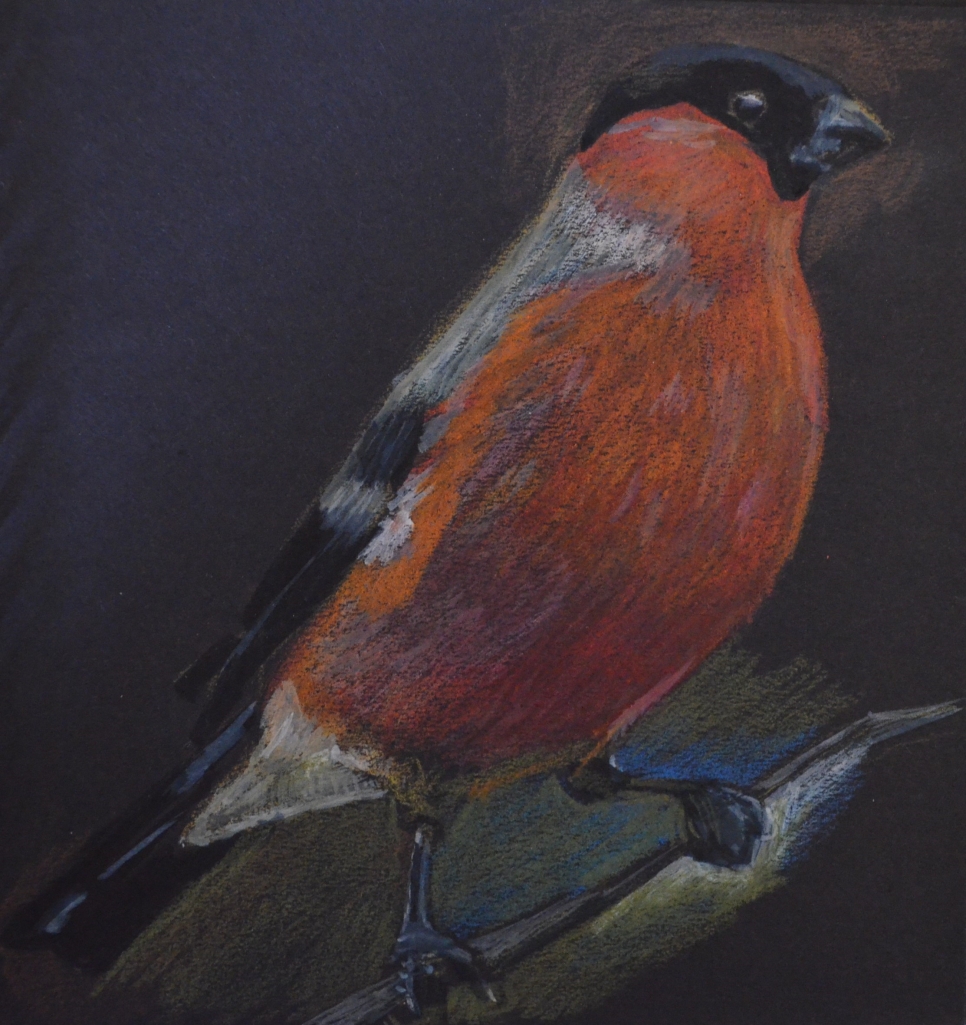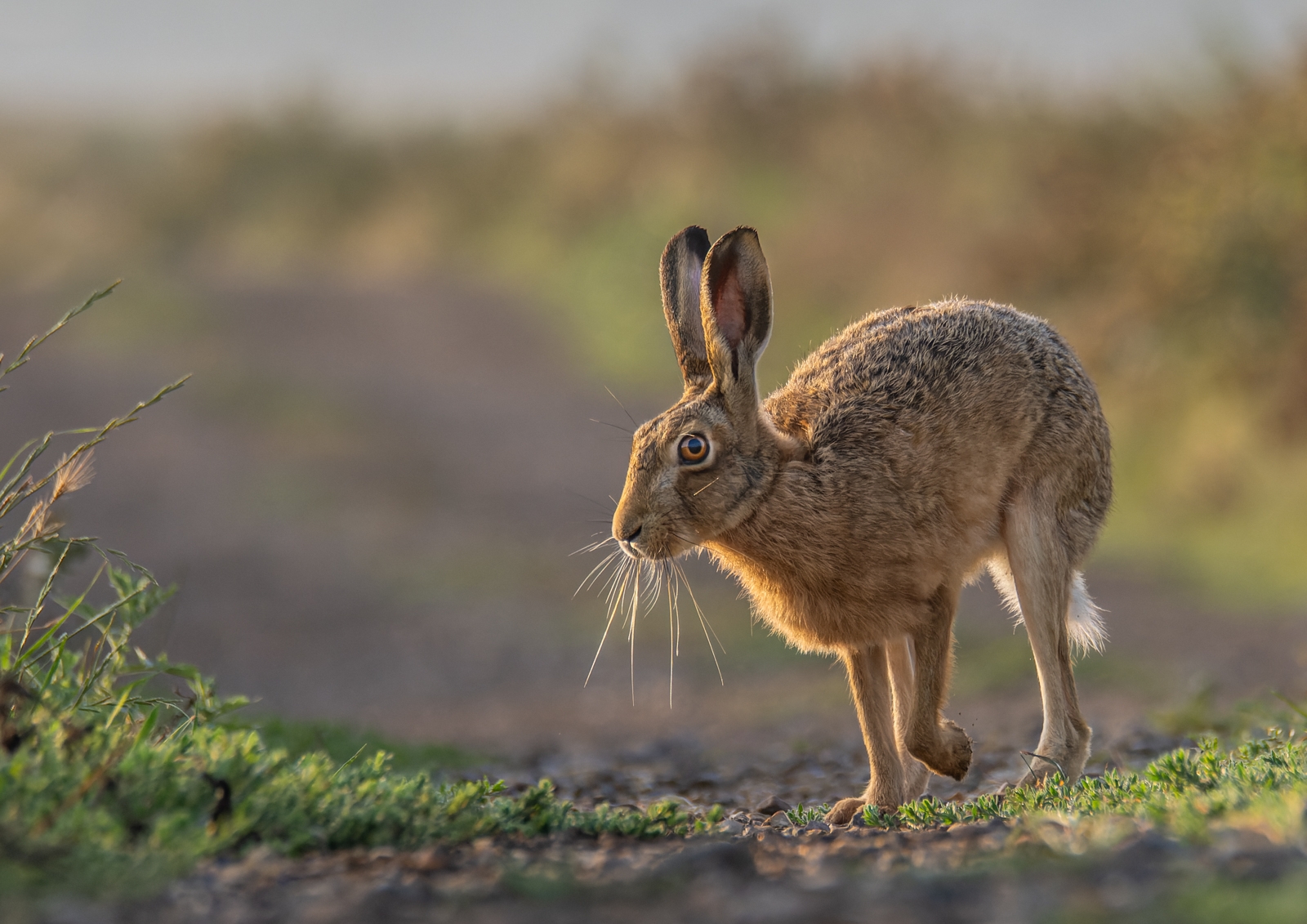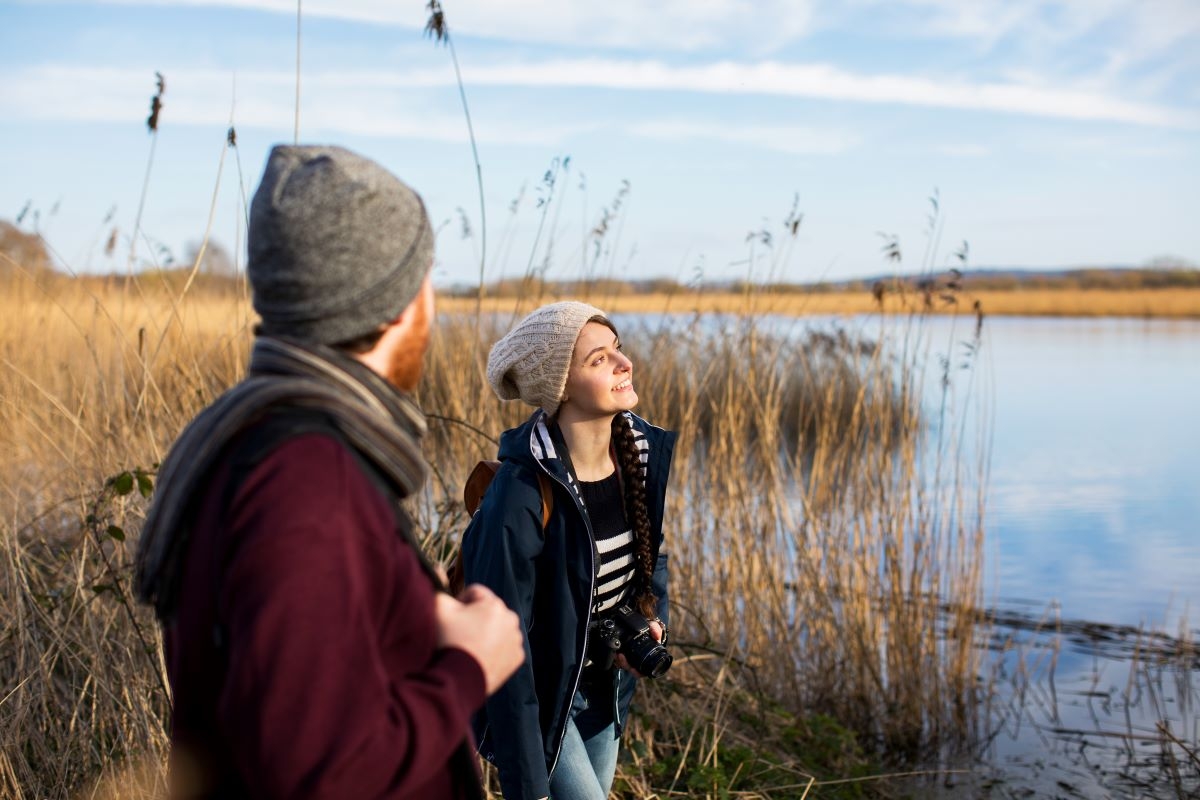Watery wetlands - how to enjoy them
fter the winter rainfall, water levels had been high across the Ouse Washes to prevent and relieve flooding further upstream. This is a vital role performed by these wetlands, giving floodwaters a place to flow. Visitor access to and around WWT Welney is affected depending on the water levels. Thankfully water levels are now dropping.
How to get to us
Access possible from A10/Ten Mile Bank or A1101 from Welney village, A1101 closed between Littleport and Welney.
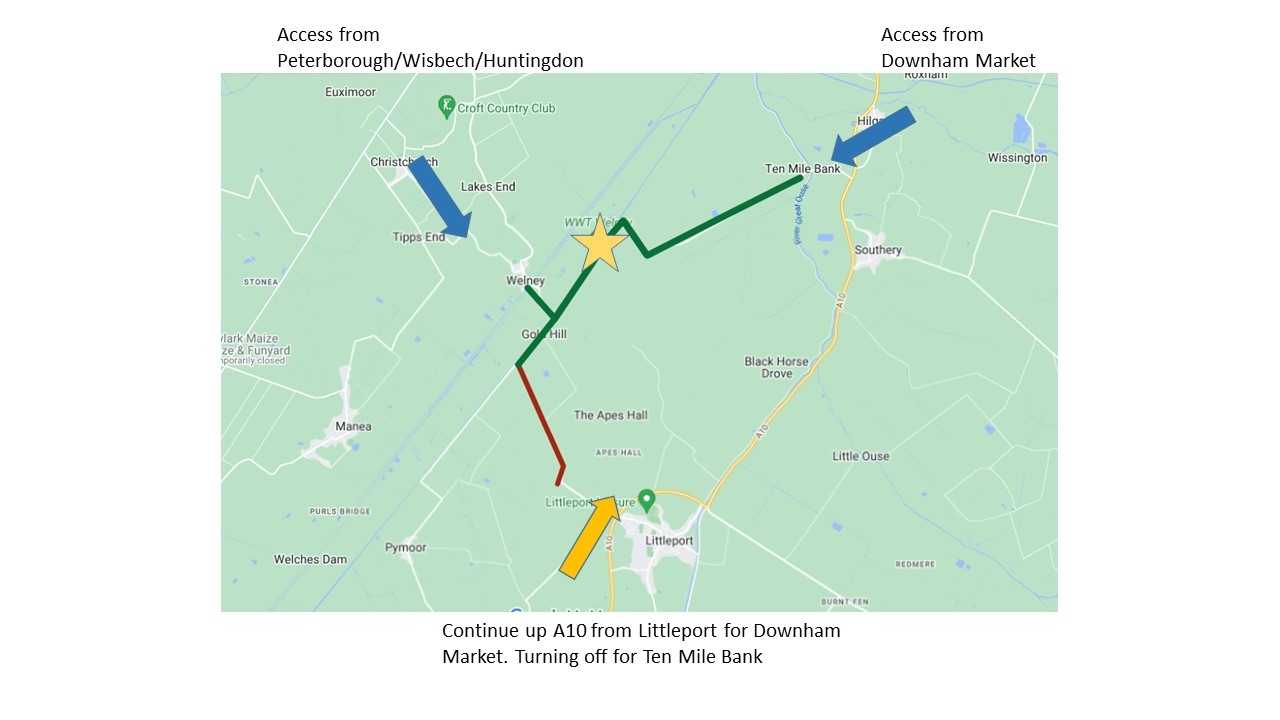
How to experience our wetlands
Access is currently possible to the following hides to all visitors including those using mobility scooters: main hide, Nelson-Lyle hide, Lyle hide & Friends hide.
One pond dipping station open and accessible to all visitors.
Lady Fen walk is closed for breeding season - reopening in July.
Visitor centre and family activities are open and ready to welcome all, with owl pellet dissection, build a bird feeder and arts & crafts at weekends and school holidays. Summer walk, tansy trail are closed until water levels allow us to open for 2024 spring/summer season.
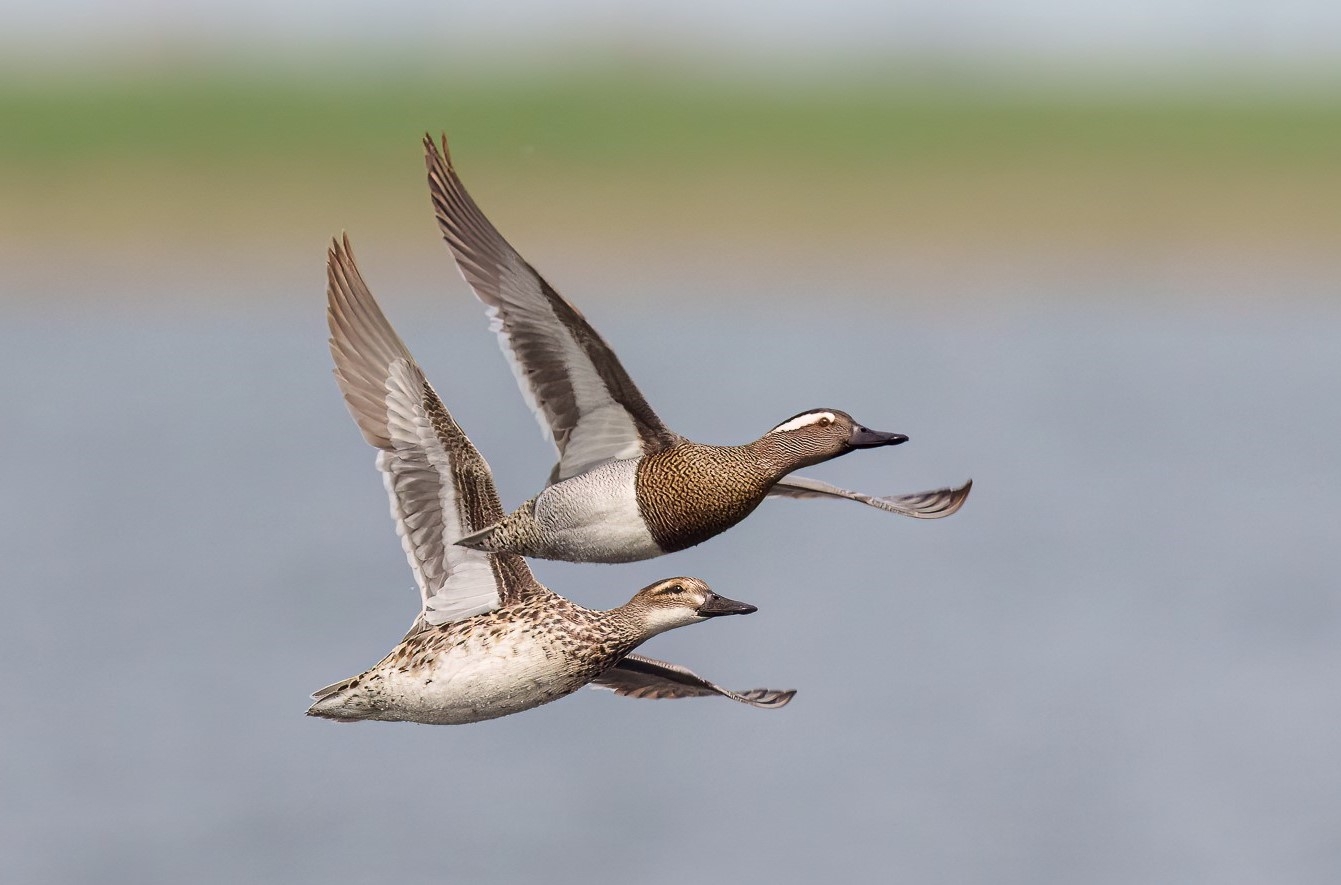
Reasons to visit
Our team of staff and volunteers are ready to welcome all visitors to our wetlands, as mentioned above the facilities provided in the centre make for a comfortable and memorable day out exploring fantastic wetlands filled with wildlife. Tree sparrows, reed buntings and moorhens amongst others can be enjoyed at the bird feeding stations viewed from the entrance to the visitor centre, the café and the pond room. Look out for the flock of cattle egret from the Wigeon cafe, and also spot hares and deer across the wetlands. Spring arrivals are making themselves know with breeding activity both seen and heard, wading birds like avocets, black-tailed godwits and ruff. Warblers singing from the trees and reeds, chiffchaff and Cetti's warbler to name a few. Summer breeders like graganey, swallow and corncrake are now far behind.
Looking out from the main hide across the Ouse Washes you will see areas of deeper water for diving ducks, and the shallow water around islands great for dabbling ducks and wading birds. Any islands and the banks of the washes are where to see the wading birds feeding or roosting on, until birds of prey sweep over the wetlands causing panic as the birds all take to the skies at once. Although winter bird flocks are dropping in number as migrations begin, there are still flocks of swans to spot in the fields on your journey to WWT Welney.
